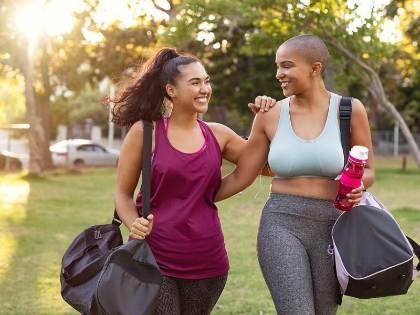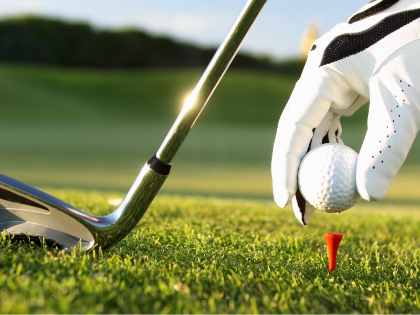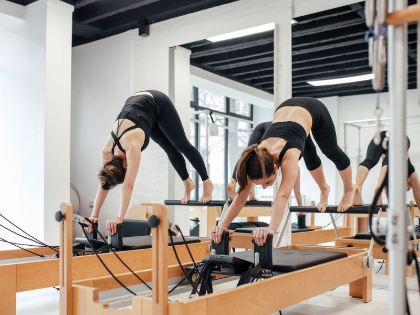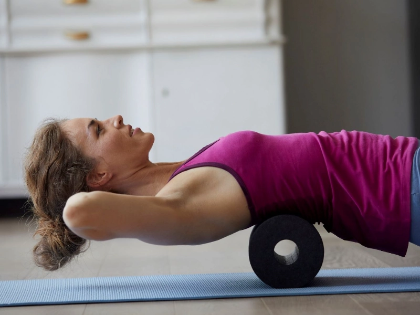MasteringPilates Side Plank: Perfecting Your Oblique Workout
Getting a sleeter, more toned midriff depends on doing oblique exercises. Many, however, choose more frontal abdominal exercises than concentrating on their oblues. Try changing the basic side plank to challenge you more if you find it difficult. Just be sure you trade in repetitions to develop correct form.
Keep Your Body in a Straight Line
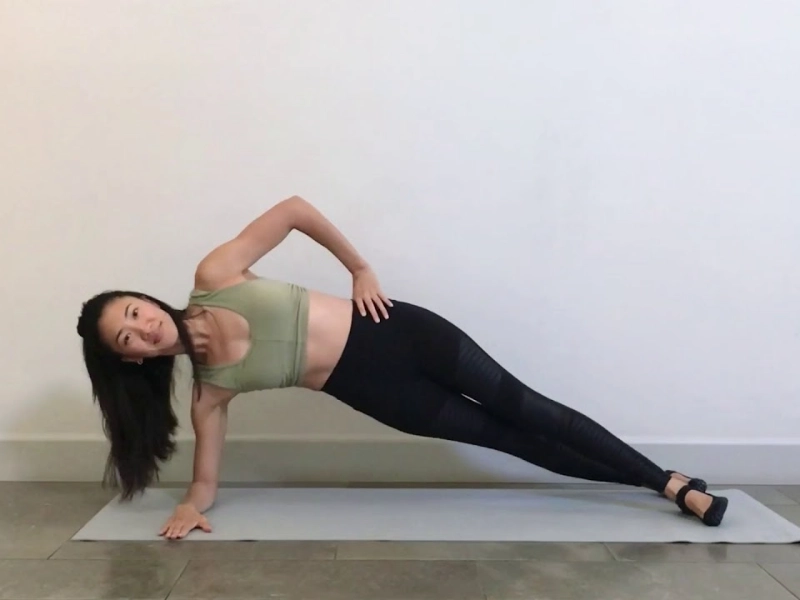
Don’t Rotate Your Hips
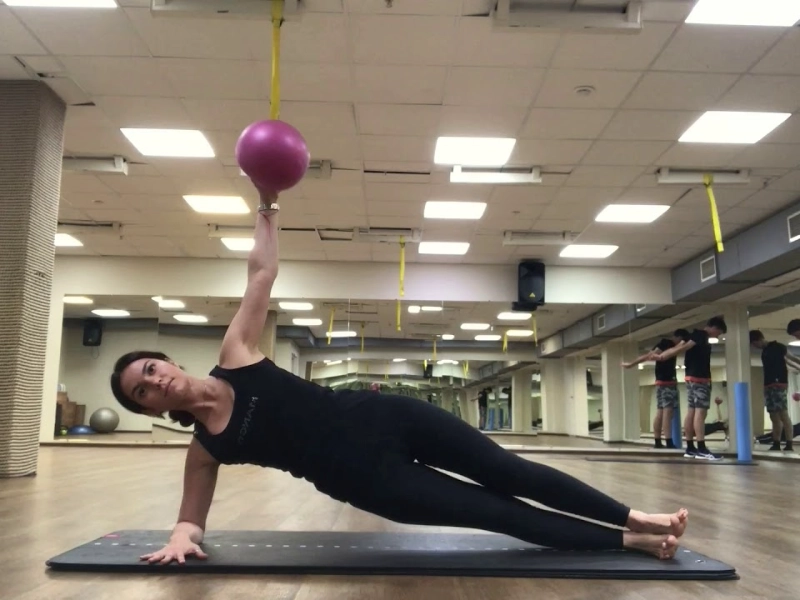 Side planks are a great test for your abs since changing the angle of gravity in a plank will make it more difficult for your core muscles to steady your body. It's crucial to be conscious of how far you're stretching with this exercise, though, and avoid merely go through it without considering how your body feels.
Rotating your hips will increase the intensity of the basic side plank on your elbow, which offers a decent, balanced workout. This version will target your inner thigh and core muscles in the same manner the front leg pull targets your quadriceps.
Starting in the elbow plank posture, keep your hips and shoulders stacked and then gently touch your elbow by dipping your upper leg down towards the floor. Straighten your leg then and go back to the beginning. Continue for a target count of repetitions. This is one of the variations on the basic plank; so, pay attention to your body and try something else if necessary!
Side planks are a great test for your abs since changing the angle of gravity in a plank will make it more difficult for your core muscles to steady your body. It's crucial to be conscious of how far you're stretching with this exercise, though, and avoid merely go through it without considering how your body feels.
Rotating your hips will increase the intensity of the basic side plank on your elbow, which offers a decent, balanced workout. This version will target your inner thigh and core muscles in the same manner the front leg pull targets your quadriceps.
Starting in the elbow plank posture, keep your hips and shoulders stacked and then gently touch your elbow by dipping your upper leg down towards the floor. Straighten your leg then and go back to the beginning. Continue for a target count of repetitions. This is one of the variations on the basic plank; so, pay attention to your body and try something else if necessary!
Keep Your Head in Line With Your Body
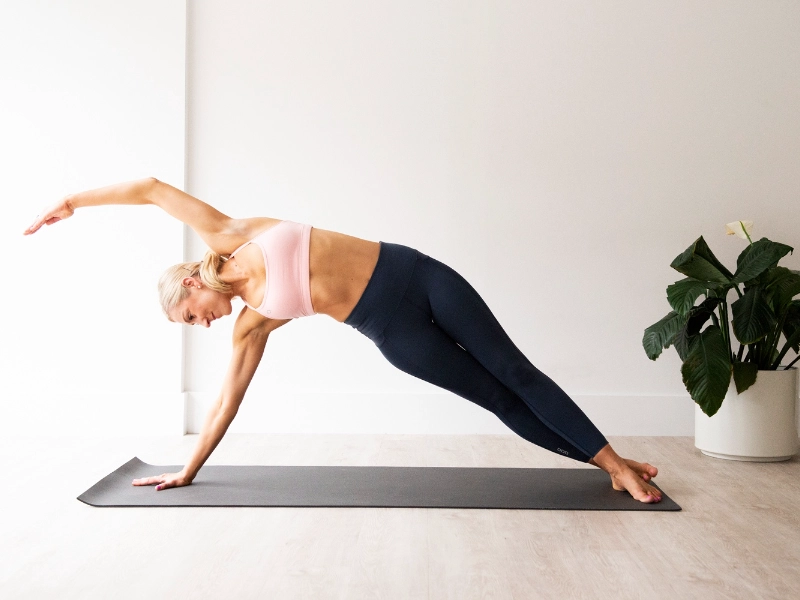 Maintaining good alignment of your head with the rest of your body guarantees appropriate activation of the abdominal muscles and lowers the tension on your lower back and neck. Ignoring this can result in poor core exercises and maybe pain.
Particularly if they try to execute the side plank on the floor, many novices find it difficult to maintain their balance. If you cannot execute a complete side plank on the floor, begin the exercise on your knees. Before going on to the complete form of the exercise, this helps you increase strength and offers extra stability.
Increase your side plank's leg raise to engage your glutes. Starting on your right side, do an elbow or hand plank then reach your left arm towards the sky or lay your left hand on your hip. Staying still with your torso, gently descend your left foot to tap your right foot. That one rep is it.
Maintaining good alignment of your head with the rest of your body guarantees appropriate activation of the abdominal muscles and lowers the tension on your lower back and neck. Ignoring this can result in poor core exercises and maybe pain.
Particularly if they try to execute the side plank on the floor, many novices find it difficult to maintain their balance. If you cannot execute a complete side plank on the floor, begin the exercise on your knees. Before going on to the complete form of the exercise, this helps you increase strength and offers extra stability.
Increase your side plank's leg raise to engage your glutes. Starting on your right side, do an elbow or hand plank then reach your left arm towards the sky or lay your left hand on your hip. Staying still with your torso, gently descend your left foot to tap your right foot. That one rep is it.
Don’t Overdo It
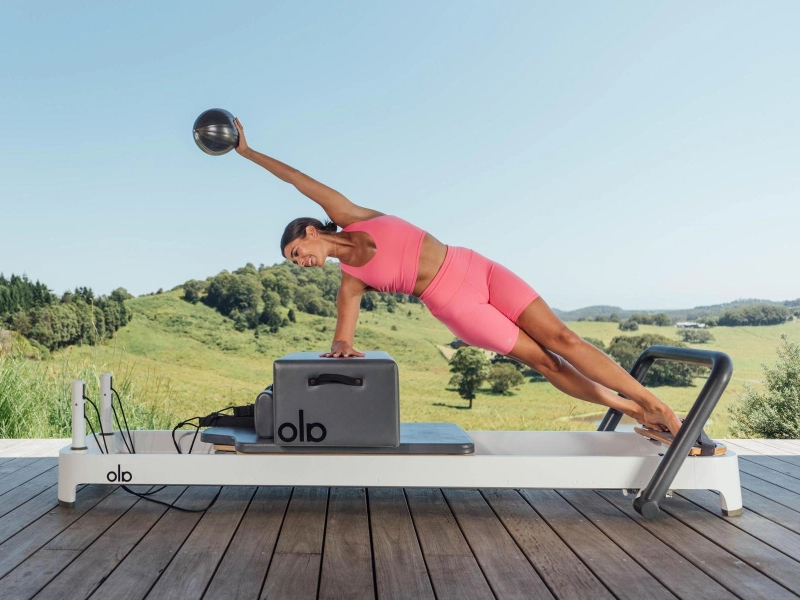 Although side planks are usually called "core exercises," they also work your oblues. Excellent oblues help to preserve your spine, correct posture, and ease back discomfort.
As with any ab programme, you should be cautious not to overdo it too. Actually, doing too many side planks might weaken the core muscles, therefore reducing its efficacy.
Listen to your body as well; cease the workout should your hips, elbow, or shoulder start to suffer. This indicates that your body is not ready for the side plank performed correctly.
Try including some more complex variants to your oblique exercise once you have perfected the simple side plank. Supporting your right arm in space while your right hip is lowered will first raise the difficulty. To further develop your oblues and stress your balance, you can then momentarily touch your knee to your elbow. Once you're ready for more, try lowering your body all the way down and then raising it once or twice to increase your strength.
Although side planks are usually called "core exercises," they also work your oblues. Excellent oblues help to preserve your spine, correct posture, and ease back discomfort.
As with any ab programme, you should be cautious not to overdo it too. Actually, doing too many side planks might weaken the core muscles, therefore reducing its efficacy.
Listen to your body as well; cease the workout should your hips, elbow, or shoulder start to suffer. This indicates that your body is not ready for the side plank performed correctly.
Try including some more complex variants to your oblique exercise once you have perfected the simple side plank. Supporting your right arm in space while your right hip is lowered will first raise the difficulty. To further develop your oblues and stress your balance, you can then momentarily touch your knee to your elbow. Once you're ready for more, try lowering your body all the way down and then raising it once or twice to increase your strength.
